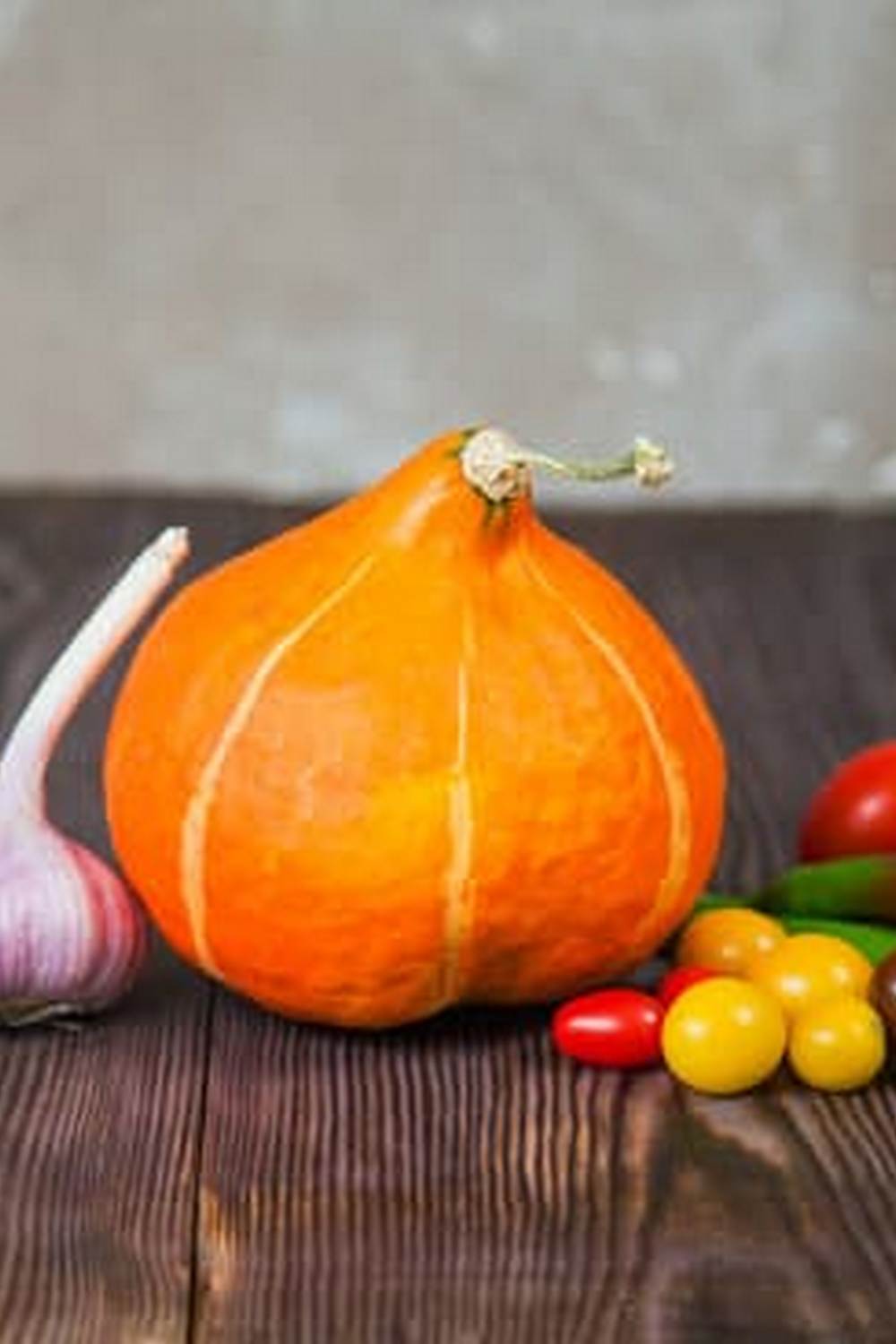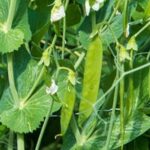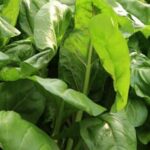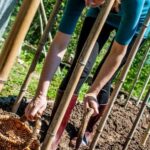Are you looking for vegetable gardening ideas for beginners? Vegetable gardening is not only a rewarding hobby but also a great way to connect with nature and enjoy the fruits of your labor.
Whether you have a green thumb or are new to gardening, growing your own vegetables can be a fun and fulfilling experience. In this article, we’ll explore the reasons why vegetable gardening is an excellent hobby for beginners and provide helpful tips to get you started on your own garden.
When it comes to selecting the right vegetables for your garden, it’s important to consider factors such as climate, available space, and personal preferences. We’ll discuss some popular options that are ideal for beginner gardeners and offer advice on how to choose the best vegetables for your specific needs. Additionally, we’ll cover the importance of selecting a suitable location for your vegetable garden, as well as tips for preparing the soil and planting your chosen crops.
Proper watering and maintenance are essential for ensuring the health and productivity of your vegetable garden. As a beginner gardener, it’s important to understand the basics of watering practices and maintenance tasks to help your plants thrive. We’ll provide valuable insights and practical tips to help you care for your garden effectively while avoiding common pitfalls.
Overall, this article aims to equip beginners with the knowledge and inspiration they need to start their own vegetable gardens successfully. From selecting the right vegetables to dealing with pests and diseases, we’ll cover all aspects of vegetable gardening that will empower you to embark on this enriching journey with confidence.
Whether you have limited outdoor space or are eager to expand your garden in the future, we hope these ideas will inspire you to cultivate a thriving vegetable garden of your own.
Selecting the Right Vegetables for Your Garden
When it comes to starting your own vegetable garden, selecting the right vegetables is crucial for success. As a beginner, it’s important to choose vegetables that are easy to grow and maintain. Some great options for beginner vegetable gardeners include tomatoes, cucumbers, peppers, lettuce, carrots, and radishes. These vegetables are relatively low-maintenance and can thrive in different growing conditions.
Another important factor to consider when selecting vegetables for your garden is your local climate and growing season. It’s essential to choose vegetables that are well-suited to your area’s climate and have a shorter growing season if you live in a colder region. Researching which vegetables grow best in your specific climate will increase your chances of a successful harvest.
It’s also a good idea for beginner vegetable gardeners to start with just a few types of vegetables initially, rather than trying to grow a wide variety all at once. Starting small allows you to focus on learning how to care for each type of plant properly and gain valuable experience before expanding your garden.
| Vegetable | Growing Conditions |
|---|---|
| Tomatoes | Full sun; well-drained soil |
| Cucumbers | Warm temperatures; rich soil |
| Lettuce | Partial shade; consistently moist soil |
By choosing the right vegetables and starting small, beginner gardeners can set themselves up for a successful and enjoyable vegetable gardening experience. Whether you have limited space or are new to gardening in general, these vegetable gardening ideas are perfect for those just starting out.
Choosing the Perfect Location for Your Vegetable Garden
When it comes to starting a vegetable garden, one of the most crucial decisions for beginners is choosing the perfect location. The success of your garden will greatly depend on the sun exposure, soil quality, and accessibility of the chosen area. Here are some considerations for selecting the best location for your vegetable garden.
Sunlight Requirements
Most vegetables require at least 6-8 hours of direct sunlight per day to thrive. As you scout for a spot in your yard or garden, look for an area that receives ample sunlight throughout the day. Keep in mind that the sun’s position changes throughout the year, so observe the potential location at different times to ensure consistent sunlight.
Soil Quality
The soil quality is another important factor to consider when choosing a location for your vegetable garden. Ideally, you want well-draining soil that is rich in organic matter. Conduct a simple soil test to assess its pH level and nutrient content. If necessary, amend the soil with compost or other organic materials to improve its fertility before planting your vegetables.
Accessibility and Convenience
A convenient location is also essential for maintaining and caring for your vegetable garden. Choose a spot that is easily accessible from your house, especially if you’ll be making frequent trips to tend to your plants or harvest vegetables. Additionally, considering factors such as proximity to water sources for irrigation can make gardening more convenient and efficient.
By carefully considering these factors when selecting the perfect location for your vegetable garden, beginner gardeners can set themselves up for success and enjoy a bountiful harvest of home-grown produce.
Preparing the Soil and Planting Your Vegetables
When it comes to vegetable gardening, one of the most crucial steps for beginners is preparing the soil and planting their chosen vegetables. The quality of the soil will directly impact the health and productivity of the plants, so it’s essential to get this step right. Here are some tips for preparing the soil and planting your vegetables:
- Test your soil: Before you start planting, it’s important to test your soil to determine its pH level and nutrient content. You can purchase a DIY soil testing kit or send a sample to a local agricultural extension office for analysis.
- Amend the soil: Based on the results of your soil test, you may need to amend the soil with organic matter such as compost or well-rotted manure to improve its texture and fertility.
- Plan your layout: Consider the spacing requirements of each vegetable variety and plan your garden layout accordingly. Some plants may need more room to spread out, while others can be planted closer together.
Once you have prepared your soil, it’s time to start planting your vegetables. Here are some additional tips for successful planting:
- Start with seedlings: For beginners, starting with seedlings instead of seeds can be easier and more reliable. You can purchase seedlings from nurseries or garden centers.
- Follow planting guidelines: Each vegetable variety has specific guidelines for planting depth, spacing, and sunlight requirements. Be sure to follow these instructions carefully for optimal growth.
- Consider succession planting: To prolong your harvest throughout the growing season, consider succession planting by staggering the sowing of seeds or transplanting seedlings at different times.
By following these tips for preparing the soil and planting your vegetables, beginner gardeners can set themselves up for a successful and rewarding gardening experience. With proper planning and care during this stage, they can look forward to a bountiful harvest in no time.
Watering and Maintenance Tips for Beginner Gardeners
When it comes to vegetable gardening, proper watering is crucial for the health and growth of your plants. As a beginner, it’s important to understand the specific water needs of different vegetables.
Some vegetables like tomatoes and peppers require consistent watering, while others such as carrots and radishes prefer slightly drier conditions. One useful tip is to water your garden in the morning to allow excess moisture to evaporate during the day, which can help prevent diseases caused by fungal growth.
In addition to watering, regular maintenance is key to a successful vegetable garden. This includes tasks such as weeding, pruning, and fertilizing. Weeding is essential to prevent unwanted plants from competing with your vegetables for nutrients and sunlight. Pruning can help promote better air circulation and reduce the risk of disease. Fertilizing your garden with organic matter or compost can provide essential nutrients for healthy plant growth.
For those new to vegetable gardening, it’s helpful to keep a gardening journal to track watering schedules, maintenance tasks, and observations about plant growth. This can be a valuable tool for learning what works best in your specific growing conditions and making adjustments in the future.
| Vegetable Gardening Tip | Description |
|---|---|
| Watering Schedule | Track the specific water needs of different vegetables and create a consistent watering schedule. |
| Maintenance Tasks | Regularly weed, prune, and fertilize your garden to ensure healthy plant growth. |
| Gardening Journal | Keep a journal to track watering schedules, maintenance tasks, and plant growth observations for future reference. |
Dealing With Common Pests and Diseases in Vegetable Gardens
One of the biggest challenges for beginner vegetable gardeners is dealing with pests and diseases that can wreak havoc on their plants. However, with the right knowledge and proactive measures, it is possible to minimize the damage and protect your precious vegetables.
Identifying Common Pests and Diseases
Before you can effectively deal with pests and diseases in your vegetable garden, it’s important to be able to identify them. Common pests include aphids, caterpillars, slugs, and snails, while diseases such as powdery mildew, blight, and rot can also affect your plants. Learning to recognize the signs of infestation or infection early on will give you a better chance of preventing widespread damage.
Natural Pest Control Methods
For beginner gardeners who prefer to use natural methods to control pests and diseases, there are several options available. Introducing beneficial insects like ladybugs or lacewings can help keep pest populations in check. Additionally, using companion planting techniques such as interplanting herbs or flowers with your vegetables can help repel pests or attract beneficial insects.
Organic Solutions for Disease Management
When it comes to managing diseases in your vegetable garden, organic solutions are often the best choice for beginner gardeners. Practices such as crop rotation, maintaining proper spacing between plants to encourage air circulation, and applying organic fungicides made from ingredients like neem oil or copper can help prevent and manage common vegetable diseases.
By learning about common pests and diseases that affect vegetable gardens and taking proactive measures to address them, beginners can enjoy a successful harvest without the frustration of dealing with widespread plant damage. It’s all part of the learning process when it comes to mastering the art of vegetable gardening.
Harvesting and Enjoying the Fruits of Your Labor
After weeks of hard work and dedication, it’s finally time to harvest the delicious vegetables from your garden. Whether you’ve been growing tomatoes, cucumbers, or carrots, there’s nothing quite like the satisfaction of picking fresh produce from your own backyard. Here are some tips for harvesting and enjoying the fruits of your labor:
1. Harvest at the Right Time: It’s important to harvest your vegetables at the right time to ensure that they are at their peak flavor and texture. For example, tomatoes should be picked when they are fully ripe and have a deep color, while carrots can be harvested when they have reached a desirable size.
2. Enjoy Fresh Produce: One of the best parts of vegetable gardening is being able to enjoy the fruits of your labor right away. Freshly picked vegetables are not only more flavorful but also have higher nutritional value compared to store-bought produce.
3. Preserve Your Harvest: If you find yourself with an abundance of vegetables, consider preserving them for later use. Canning, freezing, or pickling your harvest can help you enjoy homegrown produce throughout the year.
4. Share with Others: If you have more vegetables than you can consume, consider sharing your harvest with friends, family, or neighbors. It’s a great way to spread the joy of gardening and build a sense of community.
By following these tips for harvesting and enjoying your homegrown vegetables, you’ll be able to fully appreciate the rewards of vegetable gardening while also exploring new vegetable gardening ideas for beginners.
Tips for Expanding Your Vegetable Garden and Trying New Ideas
In conclusion, vegetable gardening can be a rewarding and enjoyable hobby for beginners. Not only does it provide the opportunity to grow fresh, healthy produce, but it also allows individuals to connect with nature and gain a sense of accomplishment. By following the tips outlined in this article, beginner gardeners can embark on their vegetable gardening journey with confidence.
As you gain experience in vegetable gardening, you may find yourself wanting to expand your garden and try out new ideas. Whether it’s experimenting with different varieties of vegetables, implementing companion planting techniques, or exploring vertical gardening methods, there are endless possibilities for enhancing your gardening experience. By continuously learning and trying new approaches, you can take your vegetable garden to the next level and further enjoy the benefits of this fulfilling hobby.
Frequently Asked Questions
What Are the Easiest Vegetables to Grow for Beginners?
The easiest vegetables to grow for beginners are typically those that require minimal maintenance and are resilient to common gardening mistakes. This might include tomatoes, cucumbers, lettuce, and radishes.
What Vegetables Are Good for First Time Gardeners?
First-time gardeners might want to consider starting with vegetables like green beans, zucchini, bell peppers, and spinach. These plants tend to be relatively low-maintenance and can thrive in a variety of growing conditions.
What Is a Good Layout for a Vegetable Garden?
A good layout for a vegetable garden would include organizing crops based on their sun and water needs, as well as their mature sizes. It’s important to also consider companion planting to maximize space and deter pests naturally.

If you’re looking to get into vegetable gardening, or are just looking for some tips on how to make your current garden better, then you’ve come to the right place! My name is Ethel and I have been gardening for years. In this blog, I’m going to share with you some of my best tips on how to create a successful vegetable garden.





